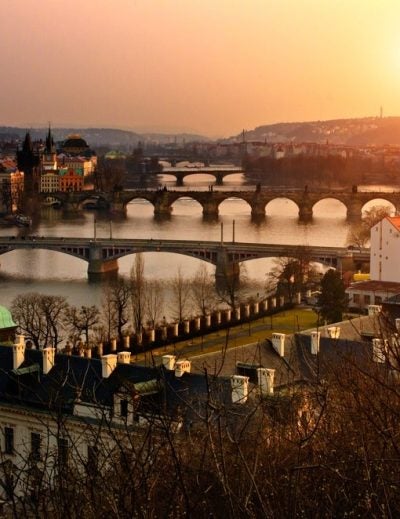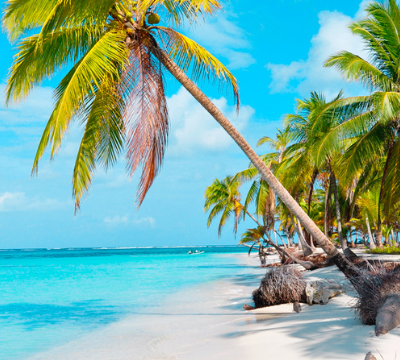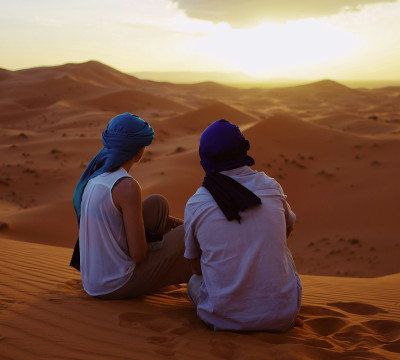
Exploring the Vatican Museums: What to Know Before You Go
The Vatican Museums in Vatican City are home to one of the most important collections of art in the world. With over 70,000 works spread across approximately 1,400 rooms, they are a key cultural highlight for anyone visiting Rome. For travellers exploring top things to do in Rome, the museums offer a deep dive into centuries of religious, artistic, and historical heritage.
This guide covers the museums’ history, major highlights, essential visitor information, and tips to help you plan your visit.
What Are the Vatican Museums?
Situated within Vatican City, the world’s smallest independent state, the Vatican Museums contain a vast collection built up by successive popes over more than 500 years. The collections range from ancient Egyptian artefacts to Renaissance frescoes and sculpture.
Most visitors follow a one-way route that ends in the Sistine Chapel, renowned for Michelangelo’s ceiling and The Last Judgement.
Historical Background
The Vatican Museums were formally established in 1506 after Pope Julius II acquired the statue Laocoön and His Sons. He placed it in public view in the Octagonal Courtyard, effectively creating the nucleus of the museums.
Over time, the collections expanded with significant commissions, including Michelangelo’s work in the Sistine Chapel and Raphael’s frescoes in the papal apartments. Popes from the 18th and 19th centuries added museums dedicated to Egyptian, Etruscan, and classical Roman artefacts.
Highlights Not to Miss
You will not be able to see everything in one visit, so it’s helpful to prioritise the most significant sections.
Sistine Chapel
The final stop on the visitor route, the Sistine Chapel is one of the most recognisable spaces in the world. Michelangelo painted the ceiling between 1508 and 1512 and The Last Judgement between 1534 and 1541. Photography is not permitted inside.
Raphael Rooms
Before reaching the Sistine Chapel, you can explore four rooms decorated by Raphael and his assistants. These include The School of Athens and The Fire in the Borgo. Once you enter the Sistine Chapel, it is not possible to return to this section.
Gallery of Maps
This long corridor features 40 frescoes of Italian regions and cities, painted in the late 1500s. The vibrant ceiling and richly coloured walls make this one of the most striking galleries.
Gallery of Tapestries
The tapestries on display depict scenes from the life of Christ and events from the lives of popes. Some took nearly a decade to complete and are considered important examples of 16th-century textile work.
Pio-Clementine Museum
This museum houses some of the Vatican’s most important classical sculptures, including the Apollo Belvedere, the Laocoön, and the Belvedere Torso. The Round Hall features a mosaic floor and Roman statues. The Cabinet of Masks, accessible only by special tour, contains mosaics and sculptures from the Roman era.
Chiaramonti Museum
This museum contains hundreds of Roman busts and statues. Key pieces include the Augustus of Prima Porta and the reclining figure of the Nile River.
Pinacoteca
The Vatican’s painting gallery features works by artists including Raphael, Leonardo da Vinci, Caravaggio, and Perugino. Highlights include The Transfiguration and The Madonna of Foligno.
Gregorian Museums
The Egyptian Museum contains mummies, sarcophagi, and ancient papyri, while the Etruscan Museum features terracotta, bronzes, and ceramics from pre-Roman Italy. These rooms are quieter and ideal for visitors interested in archaeology.
Modern Religious Art
Located in the Borgia Apartment, this collection includes 20th-century works by Chagall, Gauguin, Kandinsky, and others. It was added in 1973 under Pope Paul VI.
Bramante Staircase
There are two staircases known by this name. The modern version, built in 1932, serves as the main visitor exit and is often photographed. The original spiral staircase from 1505 is only accessible via exclusive guided tours.
Visitor Information
Tickets
-
Standard ticket: €20
-
Online booking fee: €5
It is strongly advised to book in advance. Ticket lines at peak times can last several hours. If the official site is sold out, some reputable platforms offer tickets with cancellation options. Avoid street sellers around St Peter’s Square.
Free Entry Days
Entry is free on the last Sunday of each month, except when it coincides with major holidays such as Easter or Christmas. These days are extremely crowded.
Opening Times
-
Monday to Saturday: 9.00am to 6.00pm (last entry at 4.00pm)
-
Last Sunday of the month: 9.00am to 2.00pm (last entry at 12.30pm)
Always check the official site for any schedule changes or special closures.
Best Times to Visit
-
Early morning visits offer the best chance to explore with fewer people
-
Wednesdays are generally quieter due to the Papal Audience in St Peter’s Square
-
Late afternoon visits may be less crowded, but you will have less time to see the galleries
Dress Code
To enter the Vatican Museums and Sistine Chapel, shoulders and knees must be covered. This applies to all visitors and is strictly enforced.
Photography
Photos are permitted in most areas of the museums, but not allowed in the Sistine Chapel.
Getting There
The entrance to the Vatican Museums is on Viale Vaticano. The nearest Metro stops are:
-
Ottaviano – San Pietro – Musei Vaticani
-
Cipro
Both are on Line A and about five to ten minutes’ walk from the entrance. The Roma San Pietro train station is also nearby. Several bus routes serve the area.
How Long to Spend
-
A standard visit takes around three to four hours
-
Quick visits can be done in two to two and a half hours
-
For in-depth visits or art enthusiasts, allow a full day
As the museum contains more than 1,400 rooms, planning ahead is helpful. Focus on areas that interest you most.
Tips for Visiting
-
Wear supportive shoes as there is a lot of walking involved
-
Large bags must be stored in lockers
-
Cafés, toilets, and gift shops are available inside
-
A guided tour can provide deeper context and access to less-visited sections
-
Some guided tours offer a shortcut to St Peter’s Basilica, bypassing the standard security queue
Can You Visit St Peter’s Basilica the Same Day?
Yes, but it can be tiring. If you prefer a more relaxed pace, consider visiting on separate days. Some organised tours offer a direct passage from the Sistine Chapel to St Peter’s Basilica, allowing you to skip the long security lines in St Peter’s Square.
Frequently Asked Questions
Do I need a separate ticket for the Sistine Chapel?
No. Entry is included with your Vatican Museums ticket.
Is photography allowed inside?
Photography is allowed in most areas, but strictly forbidden inside the Sistine Chapel.
Can I visit the Vatican Museums without a passport?
Yes. Although Vatican City is a separate country, you do not go through passport control.
Are the museums wheelchair accessible?
Yes. Lifts and ramps are available, and alternative routes can be arranged for step-free access.
How far in advance should I book tickets?
At least one to two weeks ahead during peak season, and several days in advance during quieter periods.
Are there dining options inside?
Yes. There are cafés and snack bars inside the complex.




Leave a Reply
You must be logged in to post a comment.